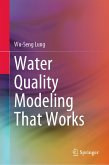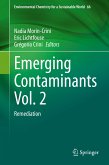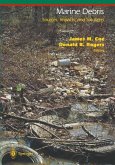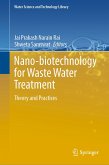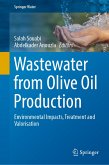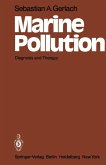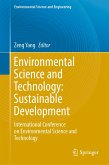The goal of this one-of-a-kind book was to provide a critical and in-depth understanding of various AVS-SEM models as predictors for assessing the ecological impact of heavy metals (particularly dibasic cations; Zn, Cd, Ni, Cu, and Pb) on aquatic environments, including the theories underlying these models, descriptive equations, modes of action, methodology, efficiency, applicability, and statistical approaches, as well as comparison with other pollution assessment techniques in the aquatic environments. Metals in interstitial water can be reduced in sediments that co-precipitate with iron (Fe) and manganese (Mn) in FeS or MnS minerals, as well as replace them. This book outlines a system that can be used to track heavy metal contamination in countries with coastal regions that extend over water bodies that are subjected to pollution sources, such as the Mediterranean Basin countries. Moreover, this book will be of great interest to academics, professionals, practitioners, post-graduate students (M.Sc. and Ph.D.), and undergraduates because it gives a clear overview of heavy metal assessment for people interested in environmental studies focusing on the marine environment. It also provides decision-makers with a realistic perspective of the environmental file, allowing them to address environmental issues and directing stockholders to safer locations for environmental activity. From a future perspective, management is advised to overcome the difficulties within that technique, such as accurate handling procedures and different approaches to sampling onshore and offshore. Sequential leaching strategies, especially geochemical fractionation analysis, and knowledge of the interactions and significance of AVS in the marine sector, especially toxicity tests (bioassay) are recommended.
Dieser Download kann aus rechtlichen Gründen nur mit Rechnungsadresse in A, B, BG, CY, CZ, D, DK, EW, E, FIN, F, GR, HR, H, IRL, I, LT, L, LR, M, NL, PL, P, R, S, SLO, SK ausgeliefert werden.



